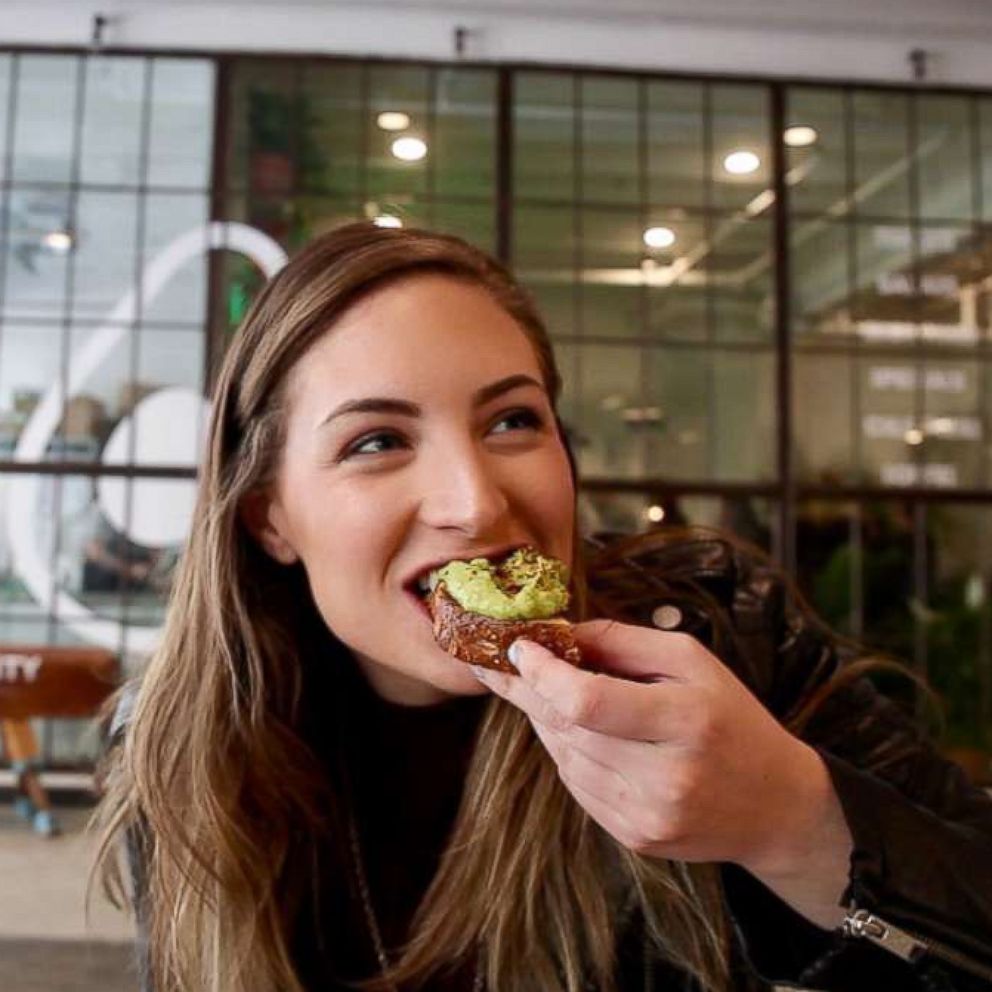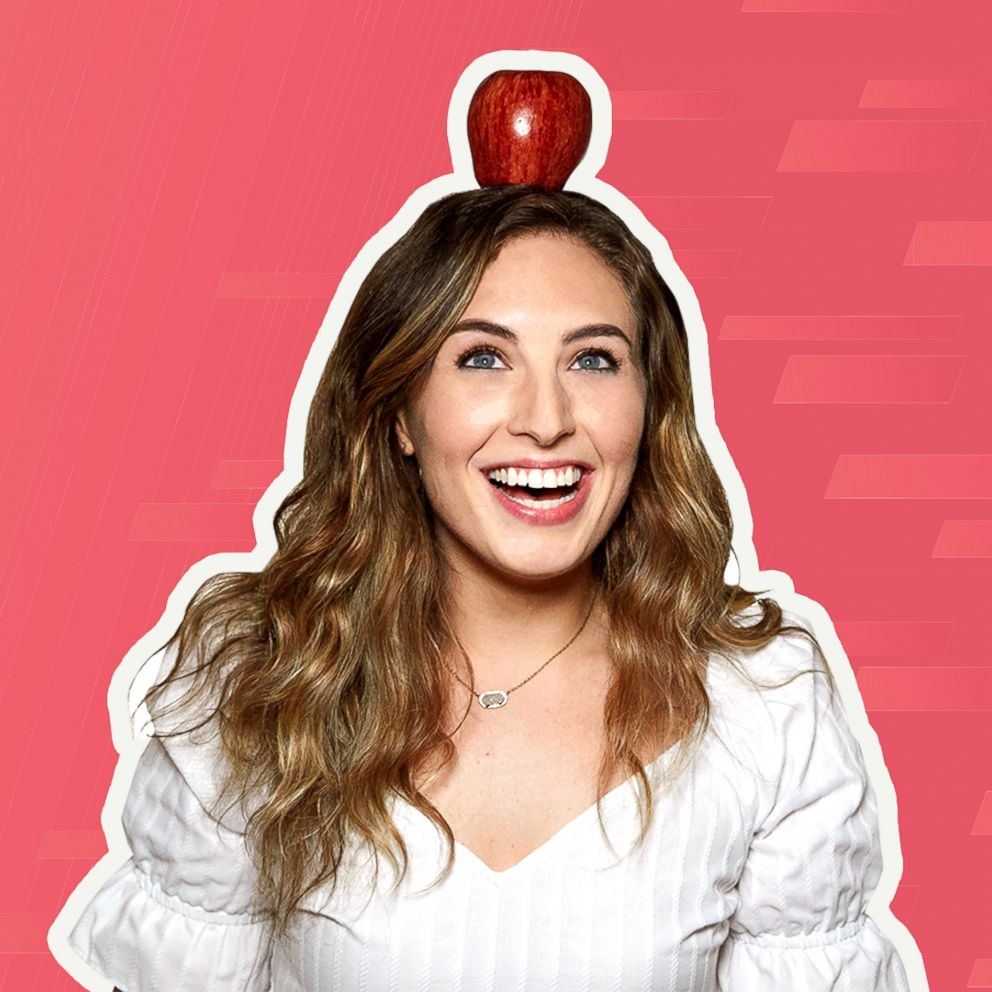I eliminated all my favorite foods from my diet for 30 days -- and survived
My heart was ready for sugar. My body wasn't.
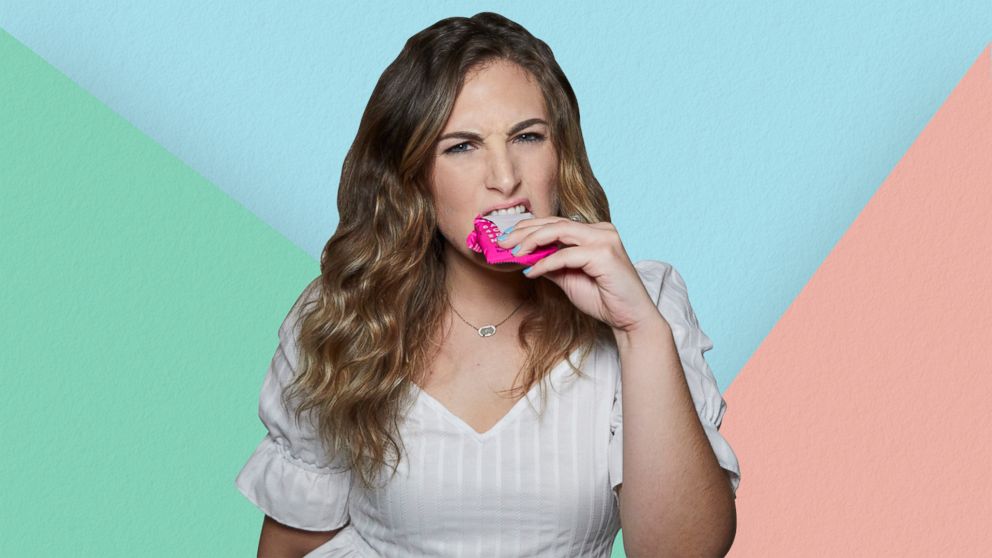
Lesley Hauler is a "GMA" social media producer who challenged herself to try out the Whole30 program and is sharing her wellness adventure each week.
I came. I saw. I conquered.
For 30 days, I gave up pretty much every food I held near and dear to my heart and to participate in the Whole30 program -- and I survived!
That’s right -- 30 days without sugar, alcohol, grains, legumes and dairy. It was just as daunting as it sounds.
Although now I feel physically more attuned to my body than I ever have before, the month wasn’t without its pitfalls.
‘Is it over yet?’
The first two weeks were hard. The third week was easy. The last week was slow and full of temptation.
I passed Week 3 of Whole30 with flying colors. I was feeling great and had turned grocery shopping and meal prep into a routine I was proud of. I was finally gaining confidence in my cooking skills and was no longer scared to whip up a dinner that consisted of more than three ingredients.
"You’re still feeling great, but if you think of it in the sense of 'My Whole30 is ending soon,' that’s when the cravings may start kicking in again," Whole30 founder Melissa Hartwig said.
And boy -- was I feeling those cravings. I felt like every day was an extremely slow countdown to the day I could have sugar again. It was like sugar plum fairies were dancing in my head every day for that last week.
Alas, I held my head high and ate my meal prepped lunches until that fateful Day 30 rolled around.
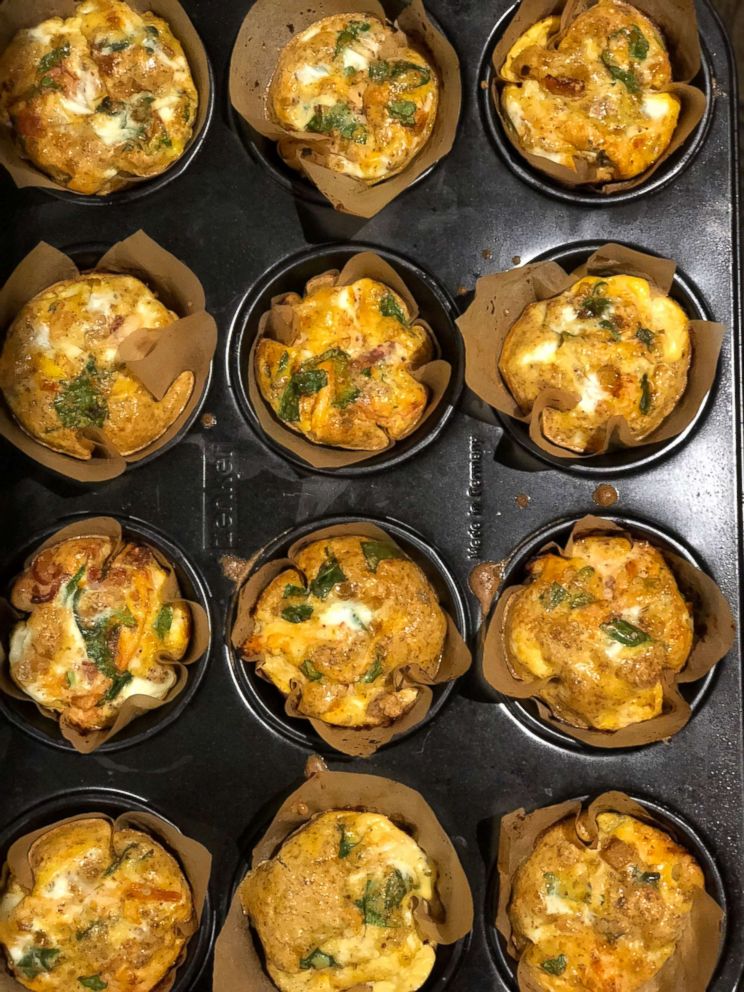
Reintroduction is the devil
After 30 days without dairy, legumes, sugar, grain or alcohol, a person might make a beeline for the nearest chocolate bar. Whole30 advises you not to do this -- because while the program may technically be over, the reintroduction phase has barely begun.
"Don’t blow off the reintroduction, it’s really mission critical for that learning experience," Hartwig said.
"The goal of Whole30 is to eliminate these foods from your diet in order to see which ones your body may not be tolerant to. The only way to do that is by slowly -- and strategically -- reintroducing these foods back into your diet and study the effects. A lot of people eliminate and don’t do a proper reintroduction and you’re losing half of the benefit of the program. That’s how you find out how your foods are really working for you or not working for you," she said.
Easier said than done.
New York-based registered dietitian Maya Feller says that the transition back into a healthy diet that's not based on the Whole30 regimen may be just as hard as the original challenge itself.
"It’s really hard for an average person who went on a diet like this in the first place to return to a healthy, balanced way of eating," Feller said.
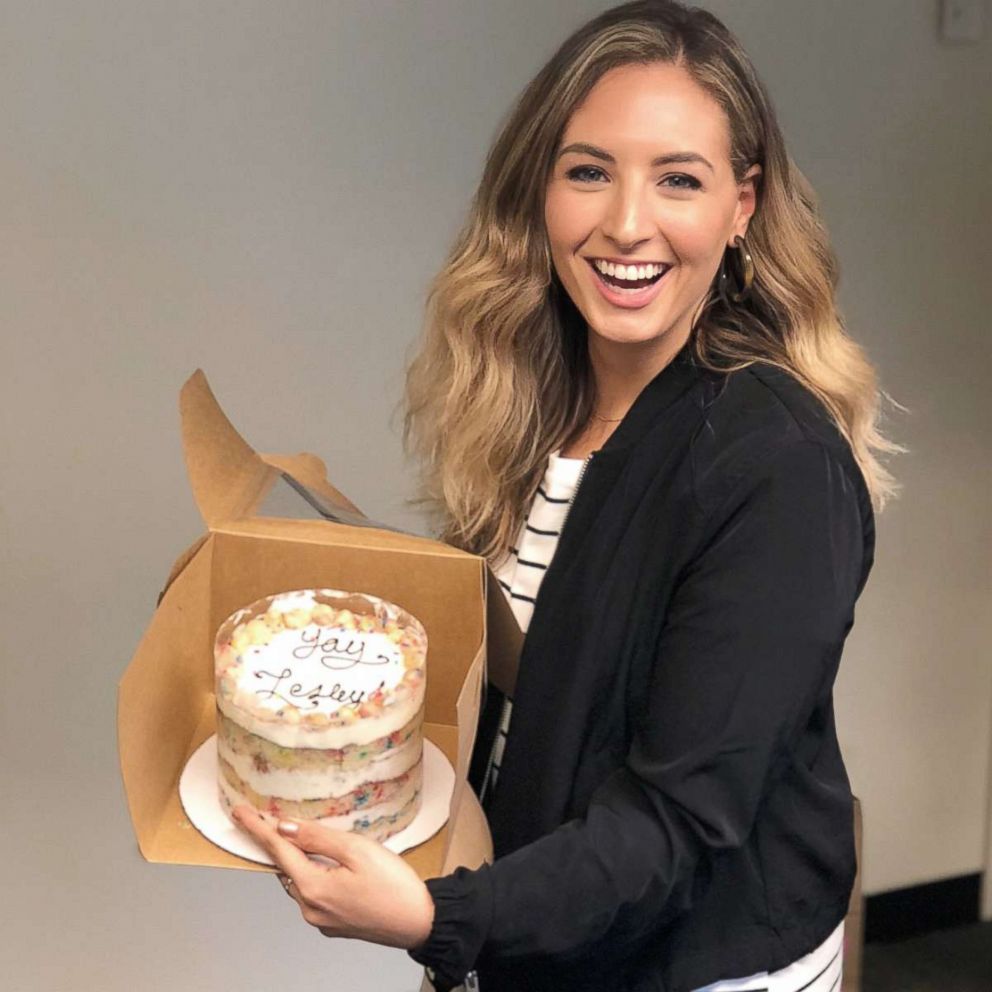
Slow and steady wins the Whole30 race
I’m going to be honest -- as much as I have really appreciated my Whole30 experience, I’ve talked about how much I miss sweets like cake and cookies practically every day. Although I had a strategic way to reintroduce foods into my diet, I walked into work on Day 31 and was greeted with both desserts by my coworkers. There was no way I was going to turn that down.
So yes, reader, I failed. I had part of a cookie and some cake on my first day after Whole30 ended -- and my body hated me for it.
Cue the stomachaches, the sugar rush, the headaches. I felt bloated and gross within an hour of eating. I had two blemishes pop up by the next morning! Although my heart was ready for cake -- my body was not.
The next day, I decided to go back to the Whole30 guidelines for reintroduction -- keep the majority of your meals Whole30 compliant and add one new thing every couple days to see how your body reacts. Go as fast or slow as you like. The reintroduction period can be as short as a week or long as 30 more days.
So far, I’ve discovered that my body can’t tolerate dairy or legumes like it used to, but is fine with sugar and alcohol (within moderation). Although weight loss isn’t the goal here, I did lose about eight pounds in the process, which is a nice bonus.
What now?
Overall, I’ve enjoyed my time on Whole30. I really appreciate that this program is not focused on weight loss, but overall health and evaluating your relationship with food. I’ve learned a lot about my relationship with food and gained some stellar skills in the kitchen while I’m at it.
I’ve learned that food made without grains, gluten, sugar or dairy can still taste good -- great even! So even though Whole30 is over, I’m going to continue making Whole30-compliant meals a few times a week.
Although you are eliminating some important food groups, it’s important not to think of any foods as bad. Sugar is not bad. Dairy is not bad. It just might not work for your body.
What's more important than eliminating and reintroducing these Whole30 foods, is understanding what these foods mean for your body, according to Feller,
"When you add a food back that you eliminated and start to feel bad again, that’s when I say you need further evaluation. You’ve got to work with your doctor or dietitian to figure out why you’re having a sensitivity to any given food," Feller said.
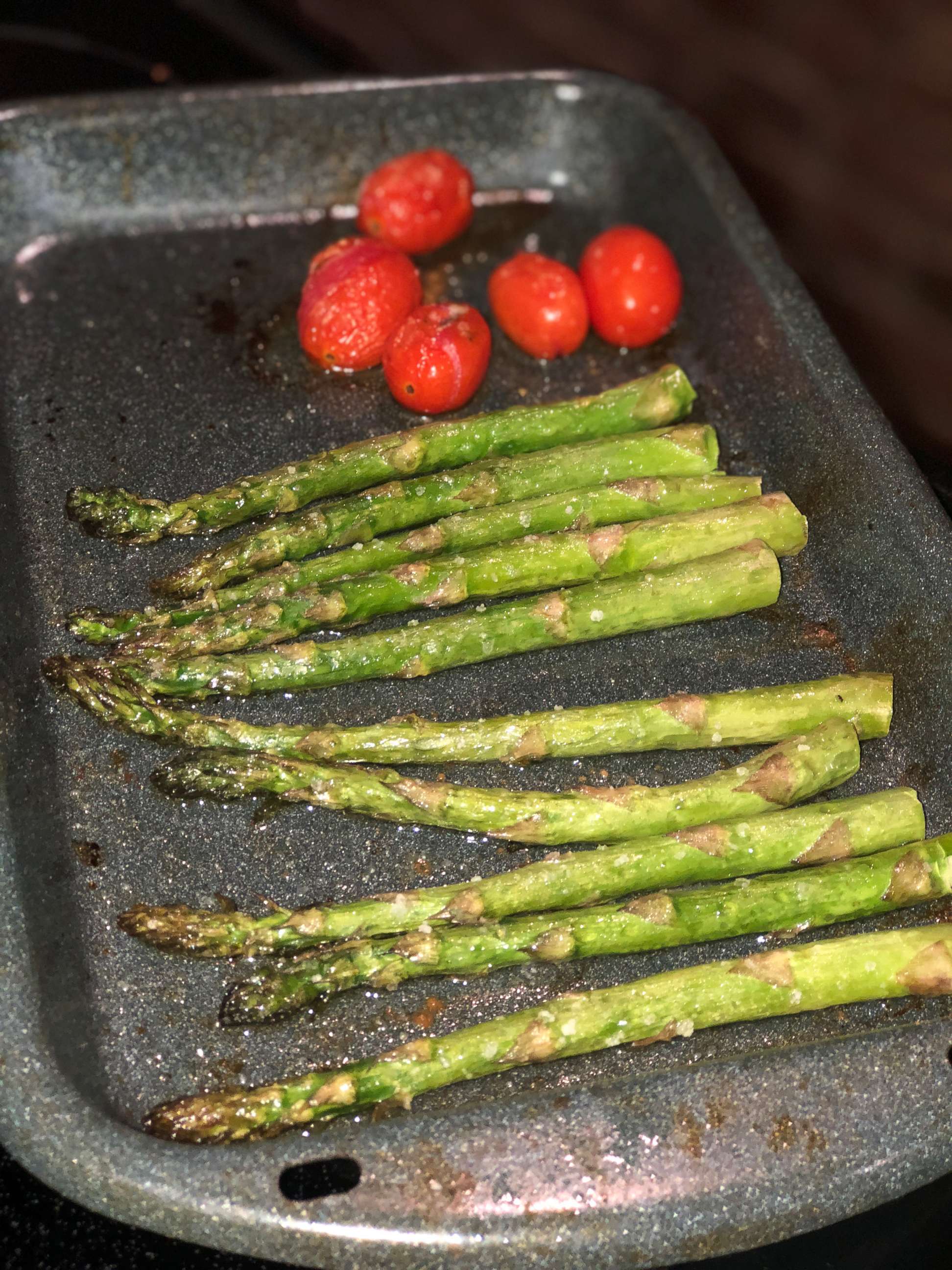
Do’s and Don’t’s of Whole30
If you’re considering trying Whole30 yourself, here are some nuggets of wisdom I’ve picked up myself.
- Read the book: "The Whole30: 30-Day Guide to Total Health and Food Freedom" book was my bible during this time. There are a ton of online resources to help you that aren’t on the official Whole30 team, but I found this book extremely helpful to let me know what to expect along the way -- and also came with recipes I ended up using.
- Plan everything: I mean everything. Plan out your meals for the week, check to make sure your groceries aren’t going to go bad by the time you cook them. Plan for emergencies and bring emergency snacks, like RXBars, wherever you go.
- Budget: It’s easy to go overboard with your spending on Whole30 -- although it’s nice for everything to be organic and fresh, there’s no harm with using frozen foods and cutting costs where you can. Over the course of the month, I spent over $600 on groceries just for myself. Learn from my mistakes (and wallet).
- Read your labels: Sugar and additives are in everything. If you can’t pronounce it, it’s probably not good for you -- and more likely than not, it’s not Whole30 approved.
- Get support: I did Whole30 alone but there were many times when I wish I didn’t. It’s a lot easier to hold yourself accountable if there’s someone doing it with you. If you are doing it alone, it’s not the end of the world. There’s an entire community online and on social media that’s extremely welcoming and supportive if you just scroll through the #Whole30 hashtag.
My favorite meals
Bacon-wrapped chicken with grilled pineapple
Savory slow-cooker brisket with mashed sweet potato
Crispy spicy turkey with lemon and herbs over cauliflower rice
Read week 3 here and follow Lesley's wellness adventure on Instagram.
